Windows
- Undo:+or
- Hint:
- Navigate:
- Select:(once)
- Move:in the new spot
Sort all cards into eight foundation piles by suit (two piles per suit). Build up cards in ascending order from A to K. For example, a 10 can be placed on a 9.
Arrange cards in the 9 columns in descending order, alternating colors. For example, a J can be placed on a Q or Q.
Move cards individually or in pre-sorted groups that follow the rules.
Only a K can start a new column.
Click the stockpile to flip 3 cards to the waste. The top waste card is playable.
How to play Turn-Three (Double) Solitaire in a few minutes
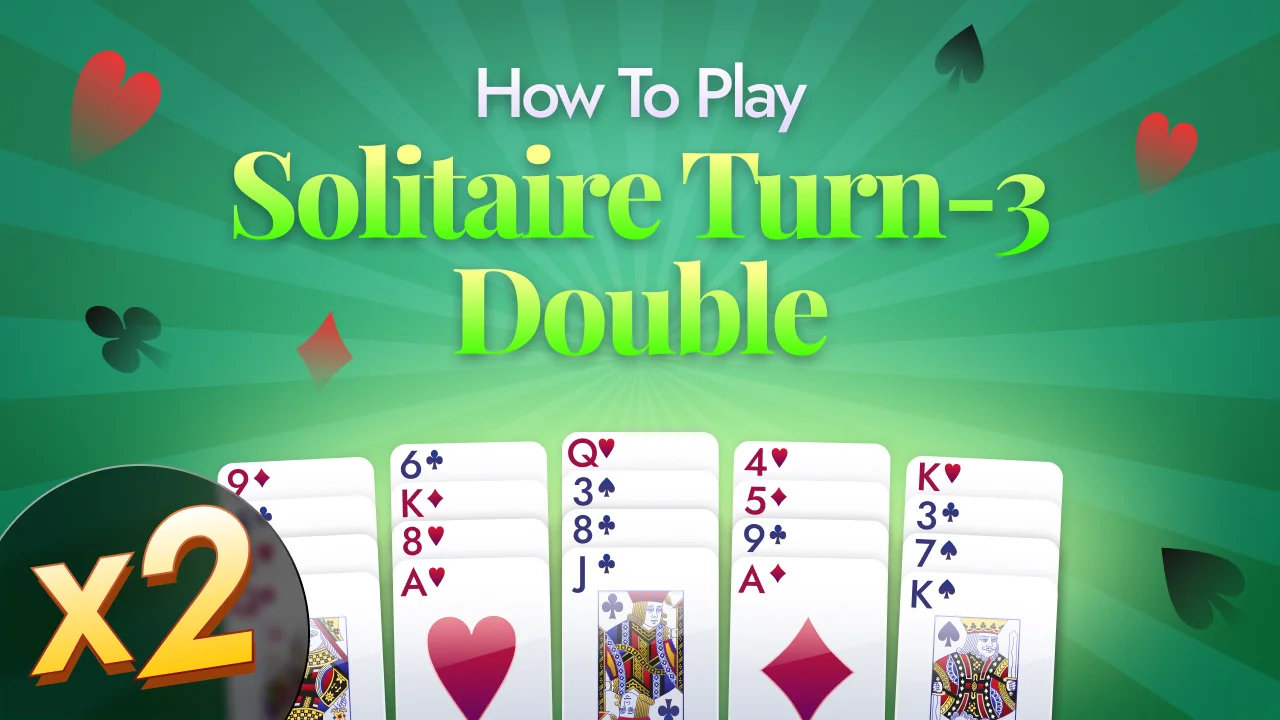
Every Solitaire player has played Klondike Solitaire at some point. Typically, it’s the first game every newbie plays to learn the fundamentals of Solitaire itself, after which they can easily self-learn any other Solitaire game. However, if you don’t want to move on too quickly from Klondike Solitaire, you can try out Turn-Three (Double) Solitaire, a harder variation of the traditional game.
Turn-Three (Double) Solitaire adds two unique twists to your favorite game. First, it makes the Stockpile harder to sift through by introducing the Turn-Three rule. Second, it amplifies the scale of the game by introducing another deck, bringing the total to 104 cards. If you’re excited to learn more about Turn-Three (Double) Solitaire, then keep reading!
Discover the fun of Turn-Three (Double) Solitaire! Also, don’t forget to check out all the other Solitaire games on our website.
Since Turn-Three (Double) Solitaire is an extension of traditional Solitaire, you’ll find many similarities in its layout. However, there are still some key differences that are worth learning about. After all, the first step to defeating an enemy is understanding them!
There are four main areas in Turn-Three (Double) Solitaire’s layout:
With just one click, your cards will automatically arrange themselves in the correct spots on the board, saving you the trouble of manual adjustments.
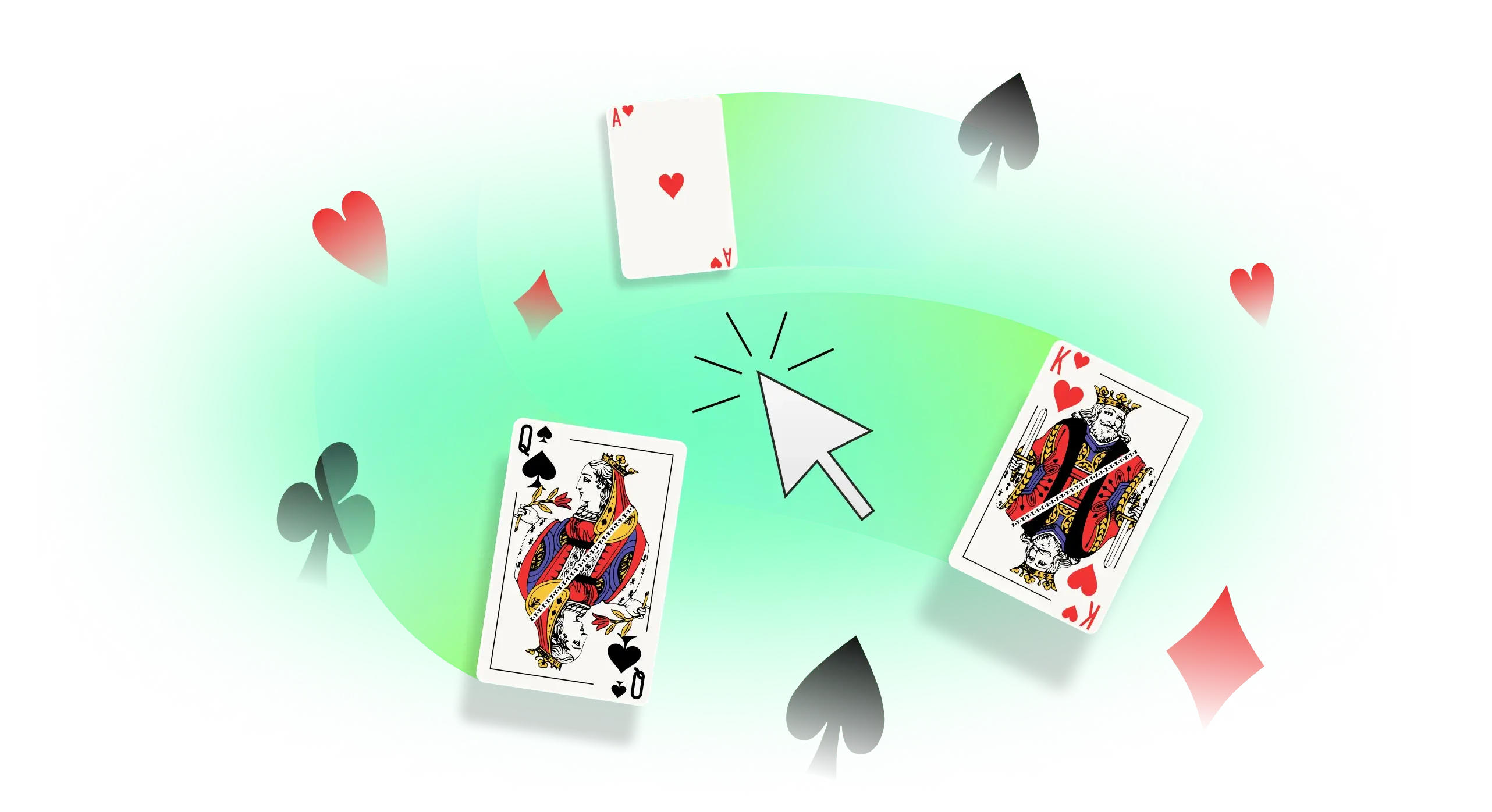
Arrange your cards on the Tableau in descending order.
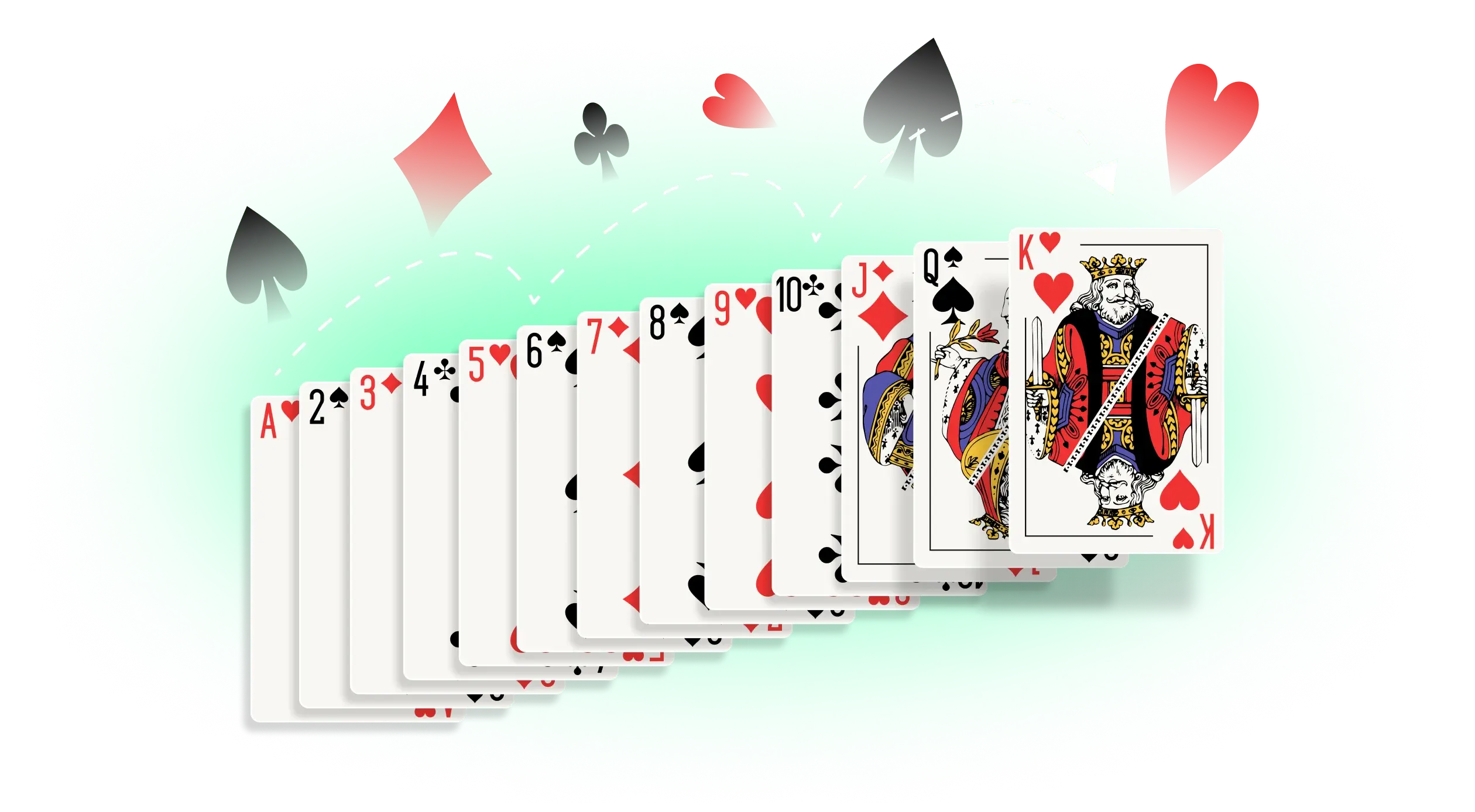

Sharpen your strategy with our convenient UNDO button, giving you the chance to revisit and adjust your previous moves. If you encounter difficulties, the HINT button provides helpful guidance to keep you progressing.
Even though many digital versions of Solitaire focus on point-and-click gameplay via a mouse, trackpad, or touchscreen, our website ensures you can still play even if your mouse is not working. Enjoy Solitaire effortlessly with our handy keyboard shortcuts for both Windows and Mac!
Even if you think traditional Solitaire is easy, your skills may not measure up when Turn-Three (Double) Solitaire comes to face you. So make sure to keep the following strategies close when playing.
Turn-Three (Double) Solitaire is definitely one of the harder Solitaire variants you can contend with. However, it’s a good stepping stone for getting into not only harder variants of traditional Solitaire like Turn-Three (Triple) Solitaire but also more challenging games like Spider Solitaire, which is also played with two decks. So, don’t worry — Turn-Three (Double) Solitaire may be hard, but it’s not impossible. A positive mindset will continue to carry you through the upper echelons of the Solitaire world.
We understand that playing Solitaire isn’t just about the game—it’s about the experience. Our platform is built to bring players to the heart of Solitaire. Your triumphs, challenges, and overall playing experience drive our purpose. Let’s win together!
Add The Solitaire to your desktop and never search for it again
The main play area has nine columns, with the first containing one card, the second column containing two cards, and so on, with the ninth column containing nine cards. Note that only the topmost card of each column is face-up, while the rest are face-down.
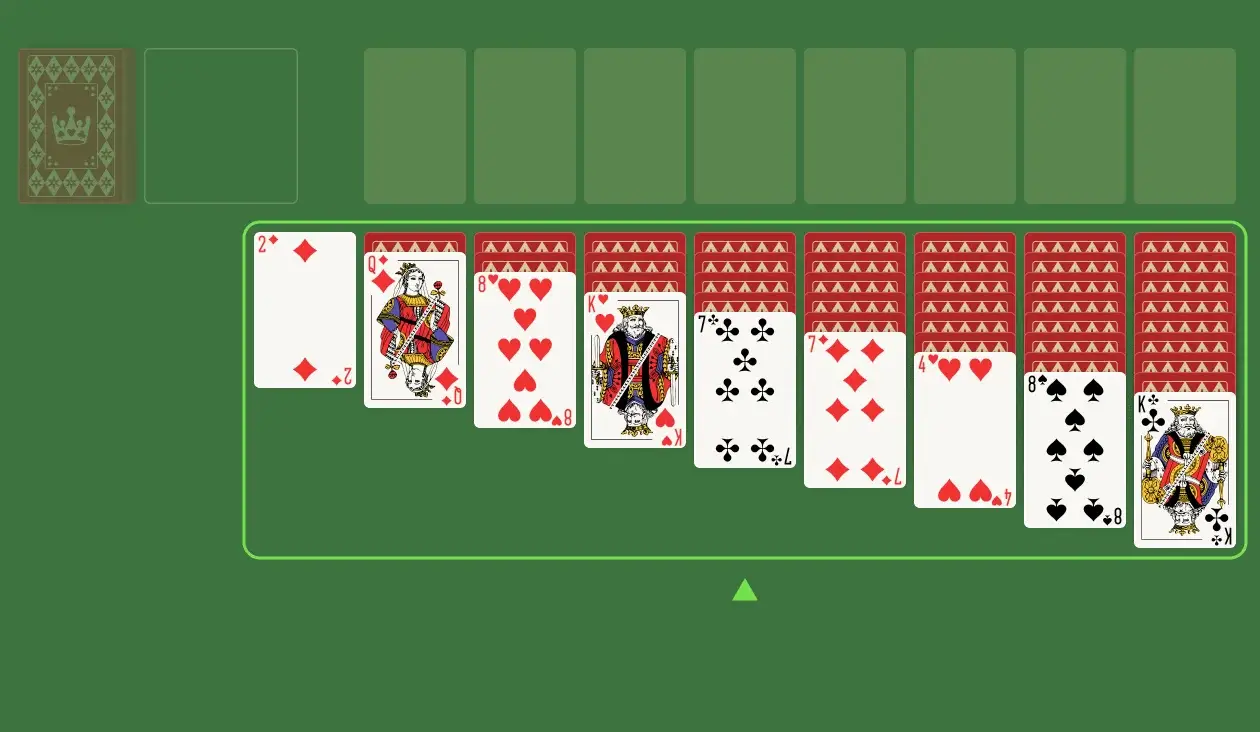
Once the Tableau is set up, the remaining 59 cards form what is known as the Stockpile. The Stockpile is face-down and can be accessed at any point during the game. Simply click on the Stockpile to flip over its top three cards onto the Wastepile, where you can start playing them.
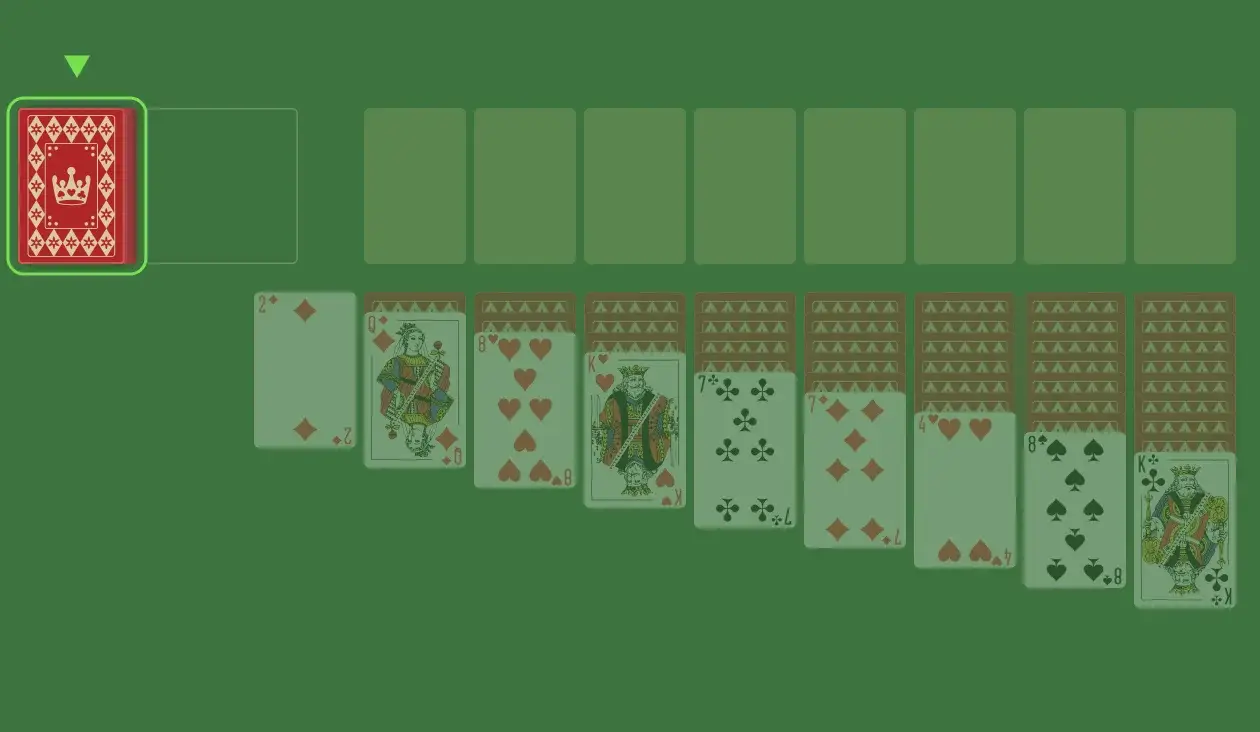
The Wastepile is adjacent to the Stockpile, so all the cards you flip over from the Stockpile end up face-up on the Wastepile. You can keep drawing as many triplets of cards as you want, but remember that at any point, you can only use the topmost card on the Wastepile. Conversely, if you keep drawing cards to the point that the Stockpile runs out, simply flip over the Wastepile and use it as the new Stockpile.
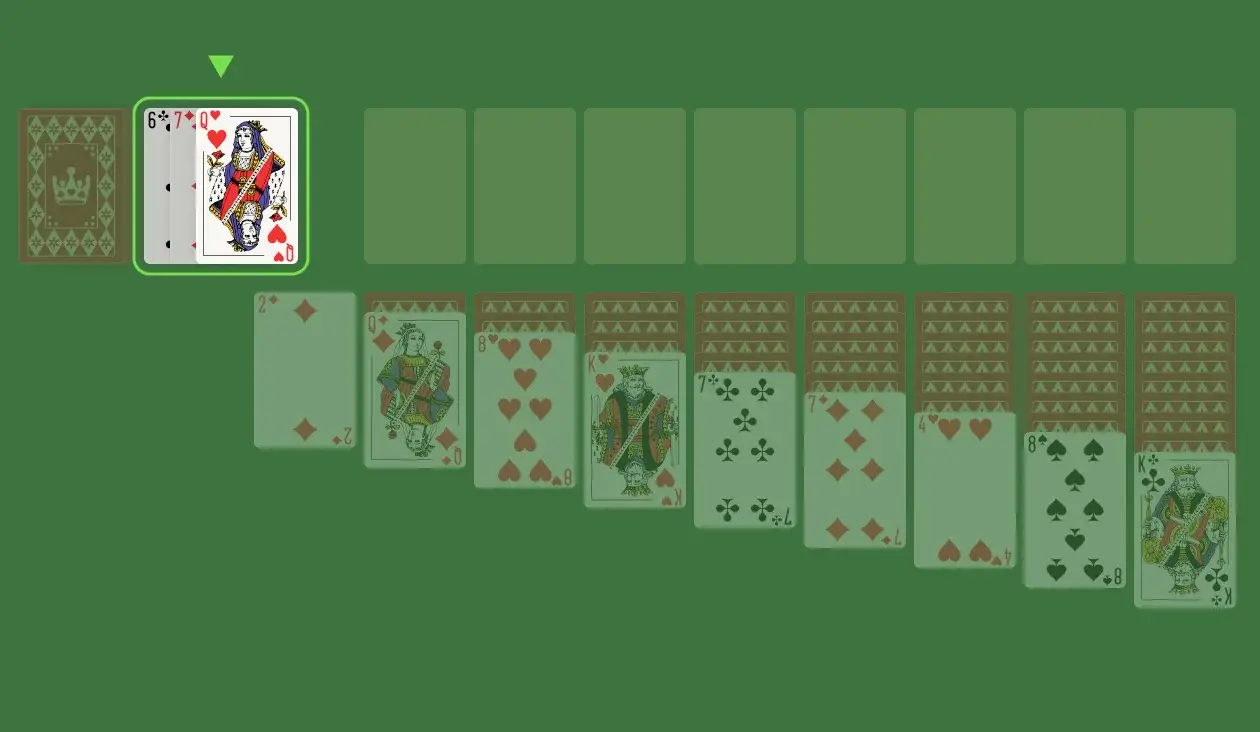
There are eight Foundation piles that you’ll build in ascending order for each suit, from Ace to King.
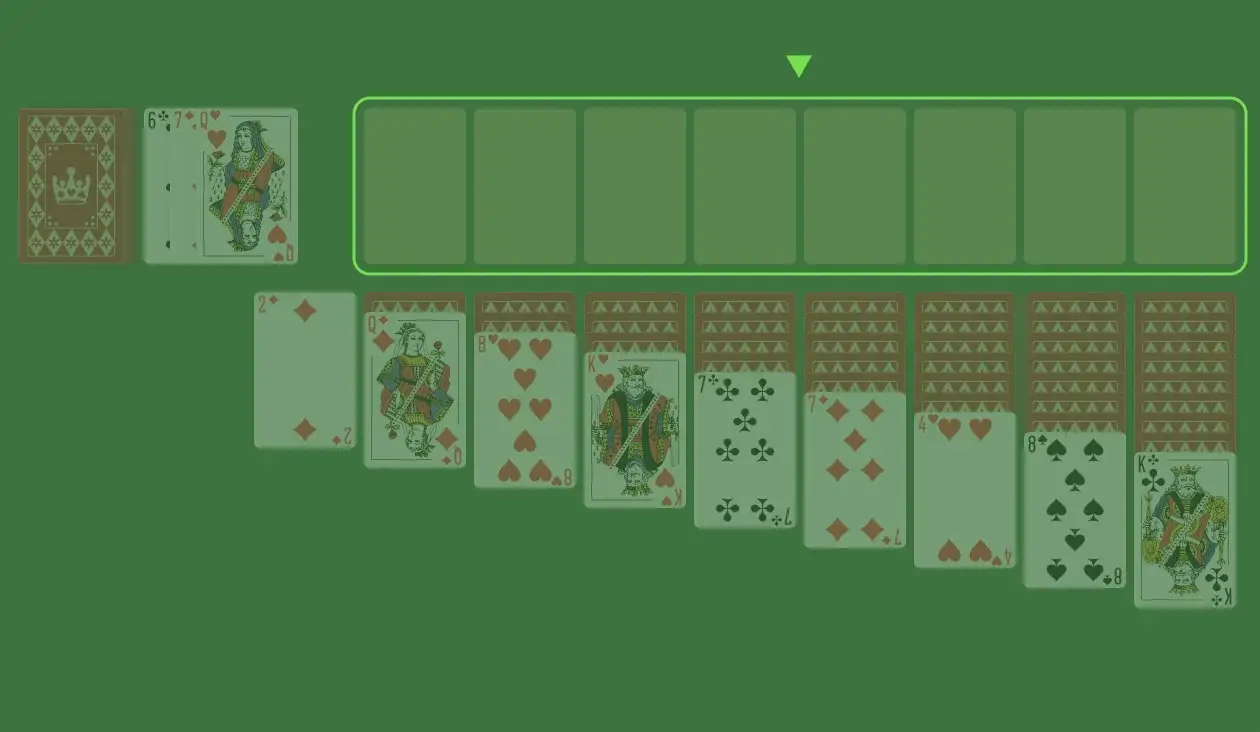
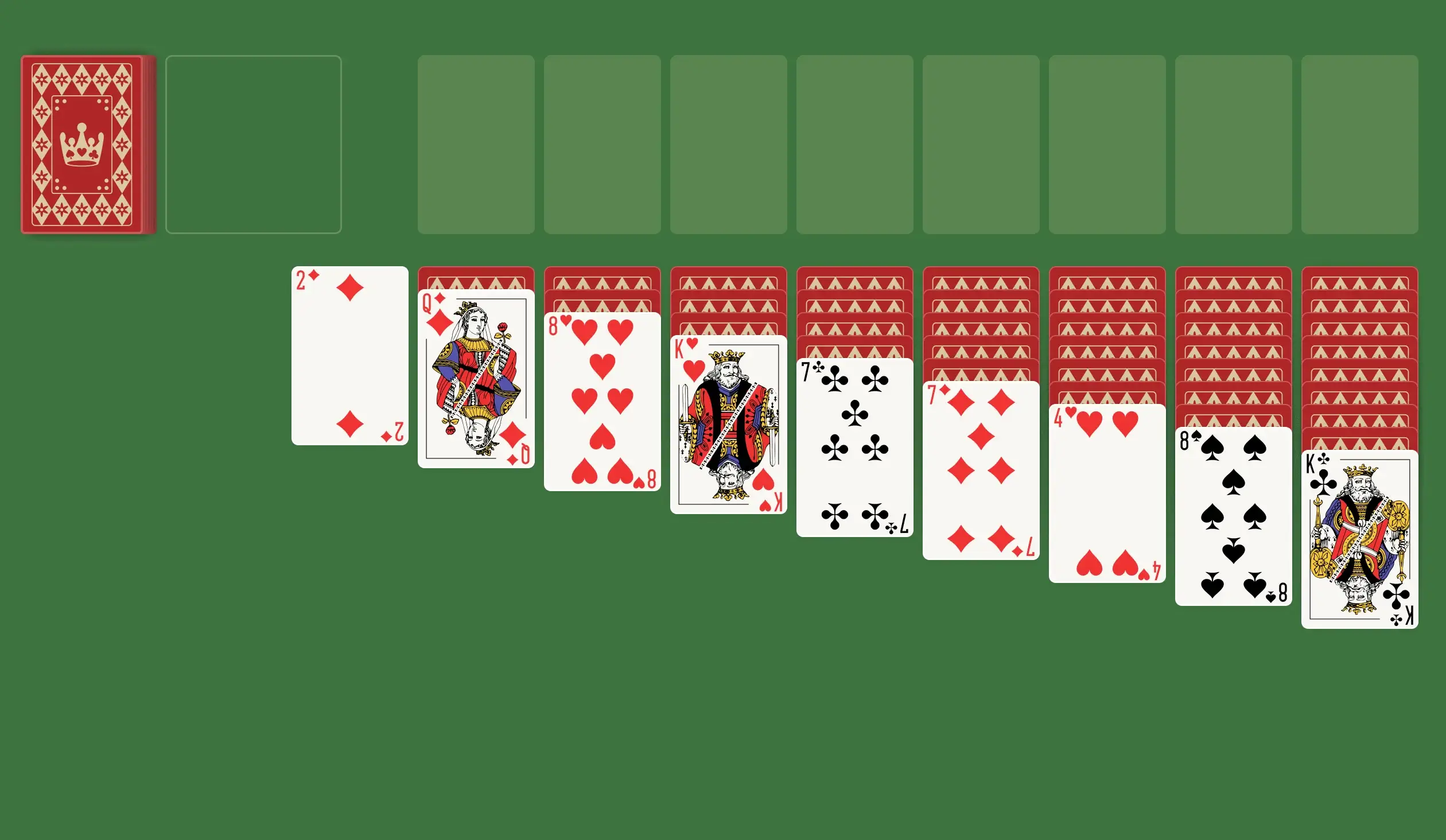
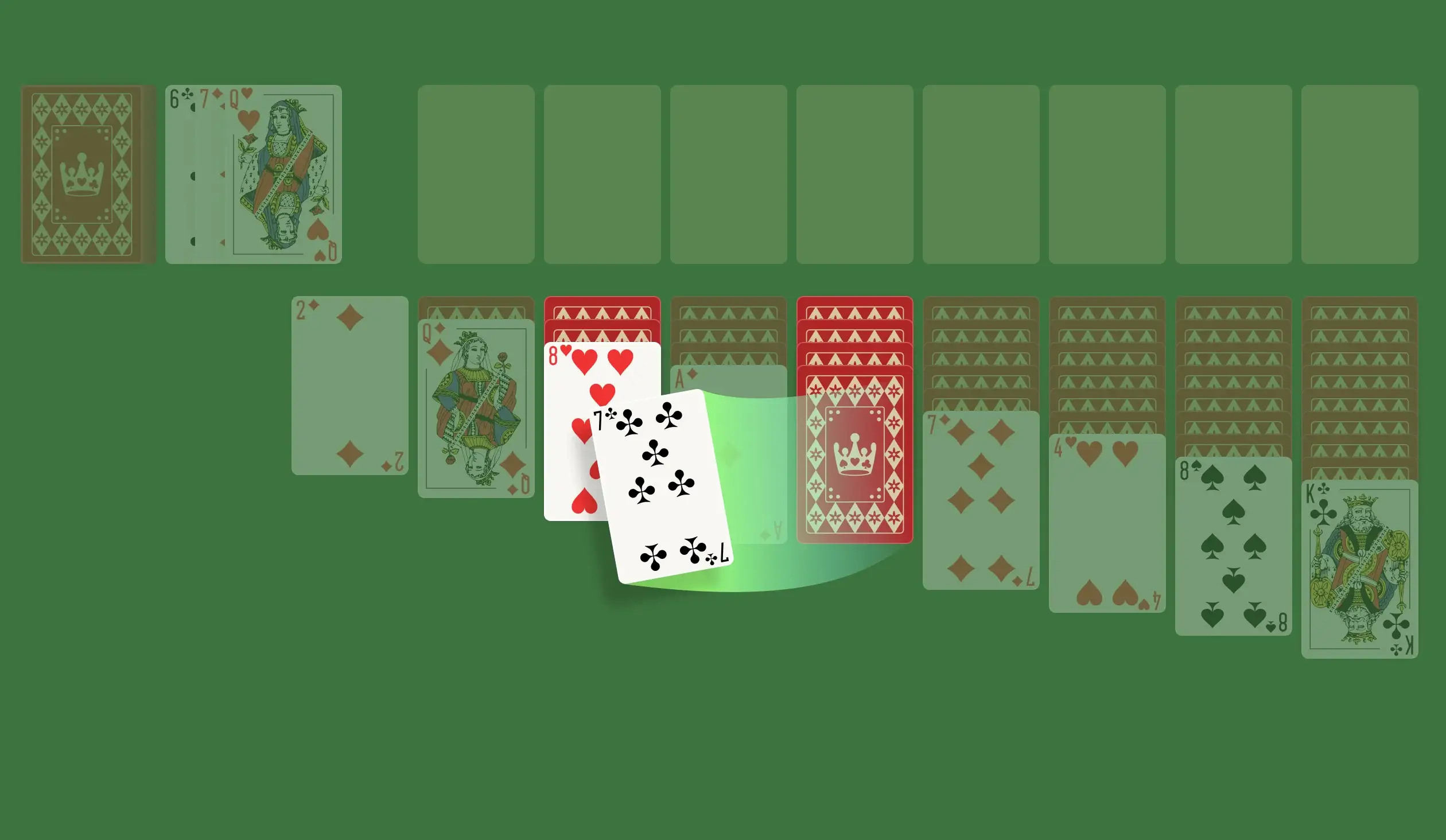
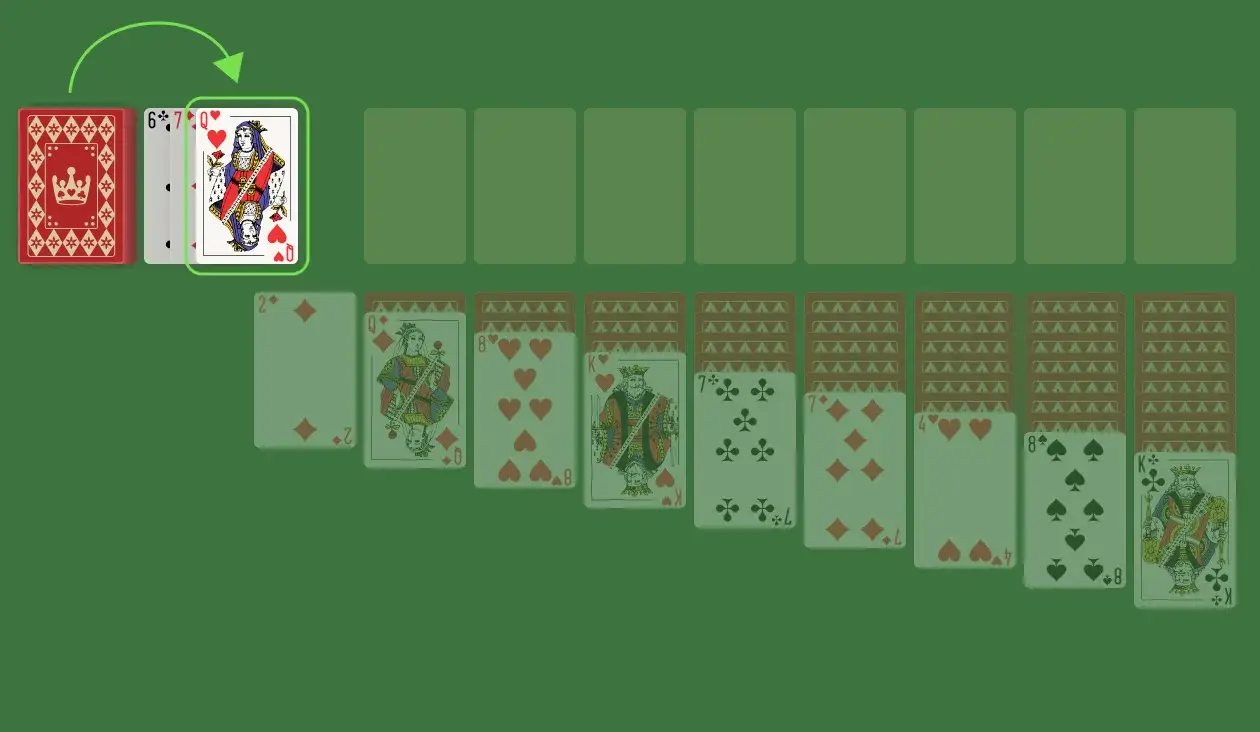
Similar to traditional Solitaire, the objective of Turn-Three (Double) Solitaire is to build eight foundation piles. Although this is an implicit detail, many beginners tend to forget that foundation piles start with Aces, so even if you have a sequence of cards from 5 to King, it won’t matter if you’re not able to secure that respective suit’s Ace. So your topmost priority should be to secure as many Aces as possible. A good way of doing this is to cycle through the Stockpile at the very start of the game. This will easily dish out any Aces hidden in the Stockpile and make those foundation piles easily accessible.
Overusing anything is generally considered bad, and overusing the Stockpile is no exception. If you have a habit of referring to the Stockpile as soon as you encounter a scenario where your next move isn’t mildly obvious, you should work on that. Sometimes it takes a bit of extra scrutiny to narrow down what moves you can make, and some of these moves can be genuine game-changers. So instead, always try to flesh out the Tableau fully before even considering the Stockpile.
Solitaire and Patience have always been synonymous terms, and anyone who’s played the game would appreciate that. Particularly if you’re someone coming to Turn-Three (Double) Solitaire from traditional Solitaire, it’s all the more important to realize that you need to be patient with this game. Given how the game is played at practically twice the scale, it’ll take longer to find those intricate moves and, thus, longer to beat the game.
Turn-Three (Double) Solitaire is definitely one of the harder Solitaire variants you can contend with. However, it’s a good stepping stone for getting into not only harder variants of traditional Solitaire like Turn-Three (Triple) Solitaire but also more challenging games like Spider Solitaire, which is also played with two decks. So, don’t worry — Turn-Three (Double) Solitaire may be hard, but it’s not impossible. A positive mindset will continue to carry you through the upper echelons of the Solitaire world.
The Turn-One variant of Solitaire is often used in casual and competitive settings, providing players with a straightforward way to enjoy the game without the added complexity of Turn-Three.
The Solitaire game was originally a card game for the upper classes in Europe before becoming a popular pastime for all social classes due to its simple rules and engaging gameplay.
The Turn-One rule, where cards are drawn one at a time from the Stockpile, was introduced to make Solitaire more accessible for beginners.